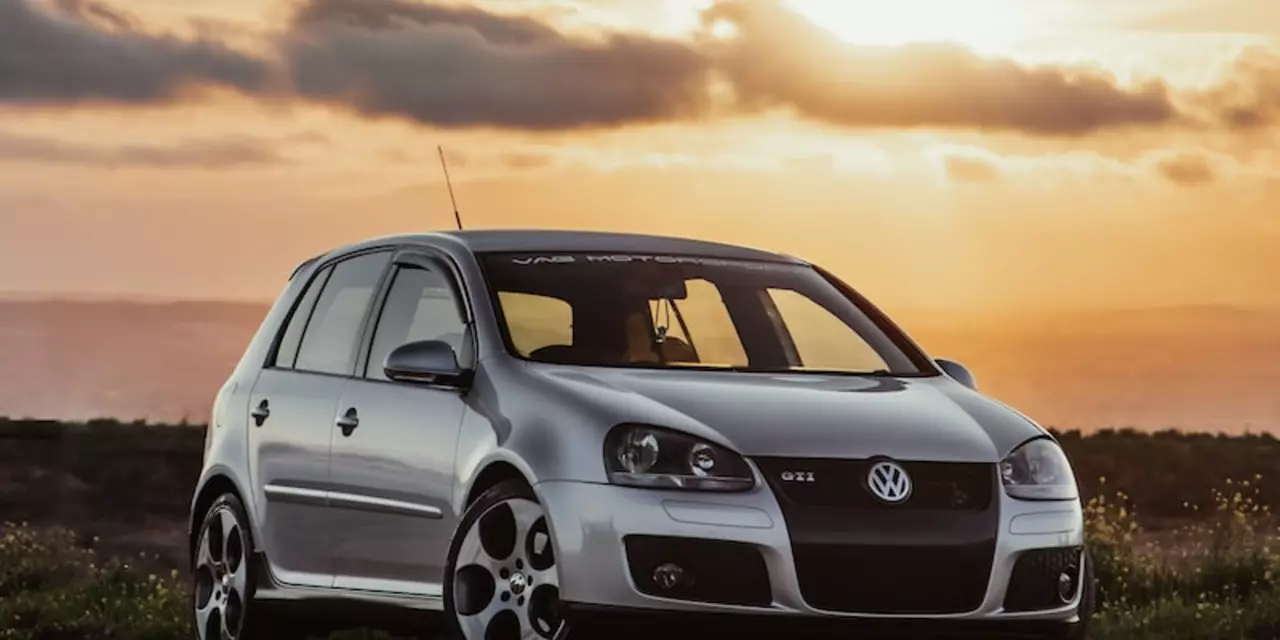Dirt Rally: What You Need to Know
If you love mud, speed, and the smell of gasoline, dirt rally is the sport for you. It’s not just racing on a smooth track – you’ll tackle gravel, puddles, and steep hills. Below you’ll find the most useful tips to get started, whether you’re on a real rally or a simulator.
Preparing Your Car for Muddy Tracks
First thing: choose the right car. Front‑wheel drive (FWD) can work on tight, dry sections, but all‑wheel drive (4WD) gives you the grip you need when the ground gets slick. Keep the weight balanced over the drive wheels and install a good suspension that can absorb jumps. Mud splashes everything, so seal the underbody and add skid plates to protect vital parts.
Tyres are your biggest ally. Look for tires with deep treads that push mud away instead of sucking in. Some drivers swap to a softer compound for wet stages because it grabs the loose surface better. Don’t forget to check tire pressure before each run – lower pressure increases the contact patch, giving you more traction.
Driving Techniques That Win
Handbrake usage is a game‑changer. Pull the handbrake short and hard when you need to slide the rear into a tight corner. It helps rotate the car without losing too much speed. Practice the timing: too early and you’ll spin, too late and you’ll miss the apex.
Learning how to read the pace notes from your co‑pilot is equally important. The co‑pilot calls out every jump, corner, and surface change seconds before you hit it. Trust those notes and adjust your braking and throttle early. A good co‑pilot can shave seconds off a stage by keeping you smooth.
Simulators are surprisingly useful. Modern dirt rally sims let you feel the same weight shift and slip angles as real cars. Spend a few hours each week on a sim to refine your braking points and handbrake triggers. The muscle memory you build will translate to the real world, and you’ll stay safe while you learn.
When you’re a teen or new to rally, start small. Join a local club, rent a rally‑ready car, and practice on a low‑speed stage. Safety gear is non‑negotiable: helmet, roll cage, harness, and fire‑resistant suit. Get a mentor who can show you how to set up your car and read notes properly.
Don’t overlook the role of the co‑pilot. They do more than read notes – they monitor time gaps, keep the driver focused, and alert you to any changes in weather or road conditions. A strong driver‑co‑pilot partnership can make the difference between finishing a stage and crashing out.
If you’re in a country like India, check local regulations before signing up. You’ll need a valid license, a car that meets safety standards, and sometimes a special permit for off‑road events. Local rallies often have community support, making them a great place to learn without huge budgets.
Finally, remember that dirt rally is as much about fun as it is about speed. Respect the environment, stay within the designated route, and always watch for spectators. A safe race keeps the sport alive for everyone.

Why are dirt rally racing cars always hatchback?
Dirt rally racing is a type of motorsport that involves driving cars on unpaved roads. Hatchback cars are the most popular choice for this type of racing because of their superior handling, traction, and maneuverability. They also have a low center of gravity and are lightweight, making them ideal for navigating difficult terrain. Additionally, hatchbacks have a wide range of engine sizes and are easy to modify and tune for better performance. Their affordability and accessibility also make them a great choice for dirt rally racing.